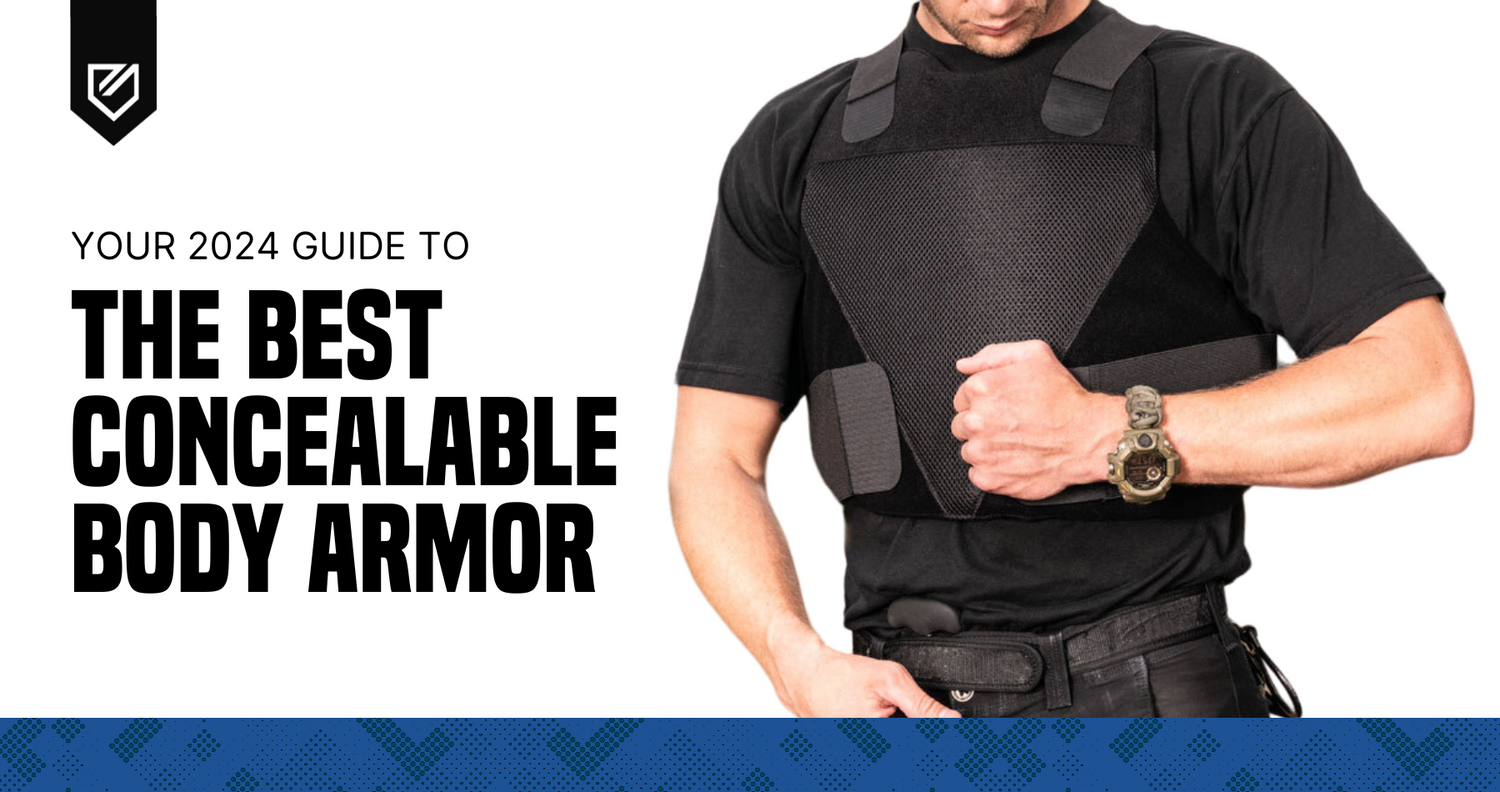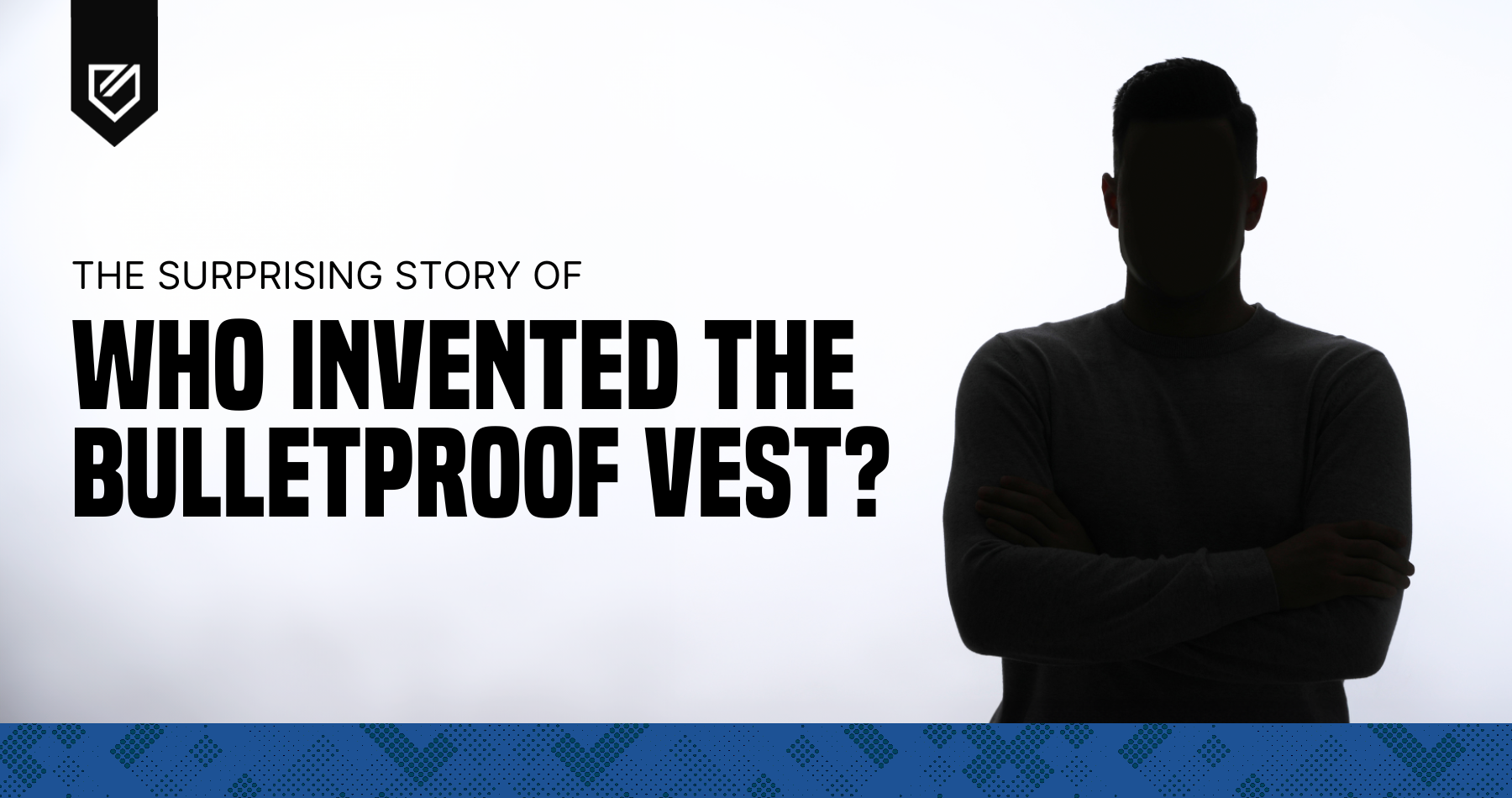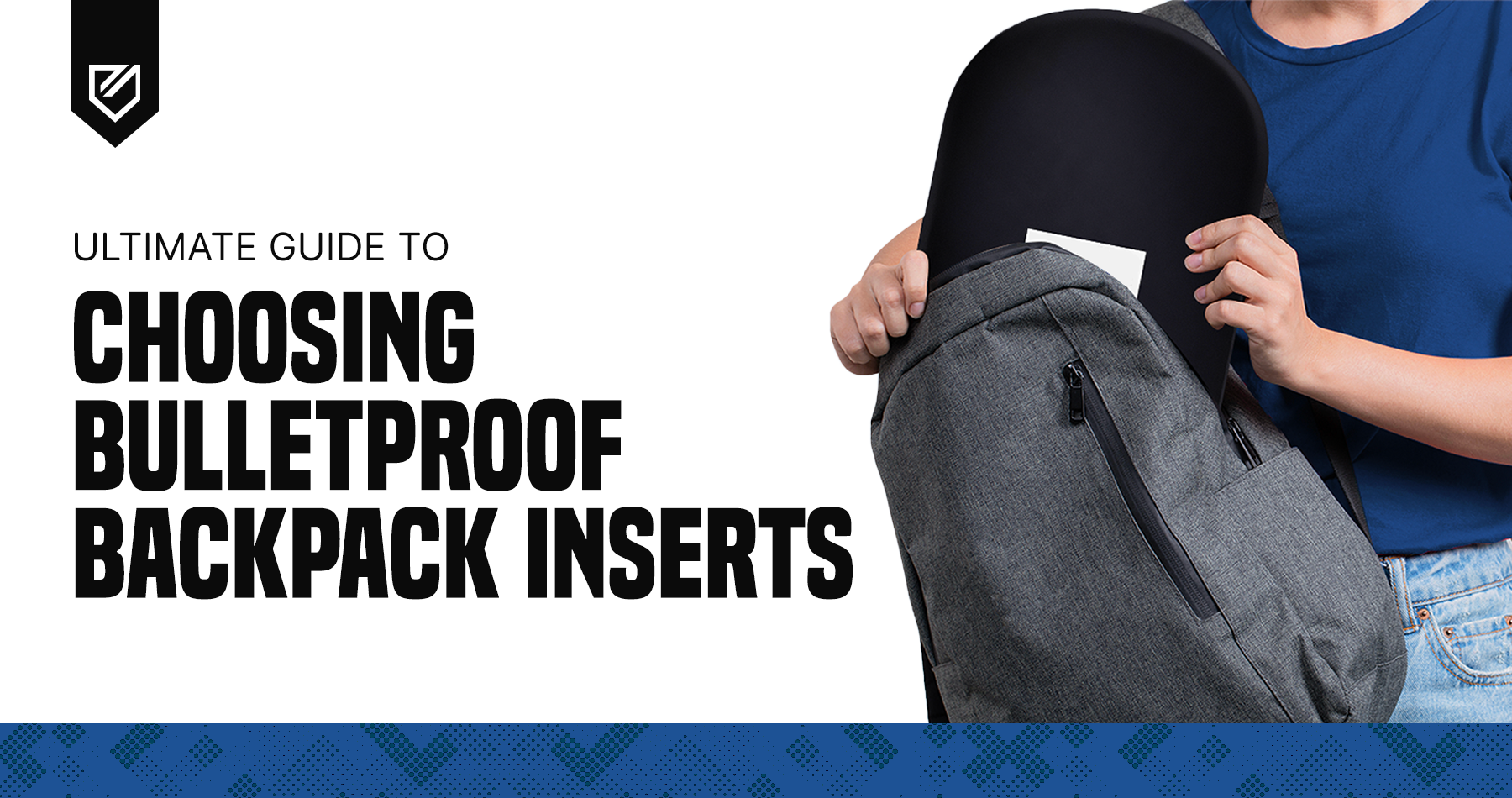In an era where personal safety is a paramount concern, individuals around the globe are seeking reliable methods to ensure their security as they navigate through daily life.
Enter the world of concealable body armor, a silent yet potent guardian designed to seamlessly blend with your attire, offering protection without compromising on style or comfort. This guide aims to walk you through the fascinating and evolving landscape of concealable body armor, shedding light on its varied aspects and helping you make an informed choice.
Understanding Concealable Body Armor
Before we delve deeper, let us demystify the very concept of concealable body armor. This type of armor is designed to be worn underneath clothing, making it invisible to the naked eye. It serves as a silent protector, shielding vital organs without drawing attention.
Contrasting with traditional body armor, which is often bulky and noticeable, concealable variants are sleek, lightweight, and designed with the modern individual in mind. The evolution in this segment is remarkable, with continuous developments aiming to offer protection that is not just effective but also comfortable and adaptable to various lifestyles.
The Materials Behind Concealable Body Armor
The heart of concealable body armor lies in the materials utilized in its construction. Traditionally, materials such as Kevlar have been the go-to choice, renowned for their high tensile strength and reliability. These materials work by dispersing the energy of the bullet upon impact, reducing the force and thereby minimizing injury.
Some of the materials used to manufacture concealable body armor are as follows:
- Aramid Fibers (e.g., Kevlar) - a class of heat-resistant and strong synthetic fibers often used in aerospace and military applications, among others, due to their high strength-to-weight ratio.
- UHMWPE (Ultra-High-Molecular-Weight Polyethylene) - a type of polyolefin that is composed of extremely long chains of polyethylene providing high strength, durability, and reducing the weight significantly. Its applications are diverse, extending from medical devices to ballistic armor.
The NIJ Armor Protection Levels
The National Institute of Justice (NIJ) categorizes body armor into several levels based on their ability to stop specified rounds at specified velocities.
- This is the lowest level of protection currently available. It protects against slower speed 9mm bullets and those fired from .40 S&W and .45 ACP.
- Found in: Soft body armor, such as vests made of flexible materials, making it more comfortable for daily wear.
- A step above level IIA, level II can stop faster 9mm bullets and those fired from .357 Magnum.
- Often found in soft body armor, but with added rigidity compared to level IIA
- The highest level of protection available in soft armor, it is capable of stopping bullets fired from .44 Magnum and 9mm
- Predominantly found in soft body armor, providing a balance between protection and comfort, and is suitable for daily wear under clothes.

- Moving into hard armor territory, Level III is designed to stop rifle bullets, specifically those fired from 7.62mm NATO rounds.
- Typically found in hard armor plates that can be inserted into plate carriers, often used by law enforcement officers and in tactical vests for military personnel.
- The highest level of body armor available, Level IV can stop armor-piercing rounds, offering protection against .30 caliber armor-piercing bullets.
- Found in hard armor plates, often used in tactical situations by police SWAT teams and military personnel. These plates offer the highest level of protection but are also the heaviest and least comfortable for extended wear.
Understanding the different NIJ armor levels can assist individuals in selecting the right kind of body armor for their specific needs, ensuring the optimum balance of protection, comfort, and wearability. Do ensure to pair your choice with the kind of threats you anticipate encountering, along with considering factors such as comfort and mobility.
Comfort and Fit: Tailoring Your Shield
In the pursuit of ultimate protection, we must not overlook the essence of comfort and fit when selecting the best concealable body armor. Imagine being clad in a protective gear that offers the highest safety but restricts your movements or constantly rubs against your skin - it's not just about finding a shield, it's about finding your second skin.
Why Comfort is Non-Negotiable
An uncomfortable body armor can be more of a distraction, and in critical moments, a split second can make all the difference. When your protective gear is comfortable, it allows you to move naturally and respond promptly without any hindrance.
Furthermore, comfort goes hand in hand with wearability; a comfortable armor is likely to be worn more consistently, ensuring regular protection.
The Significance of a Perfect Fit
A body armor that fits you perfectly not only ensures comfort but optimizes protection. Ill-fitted armor can potentially expose vital areas to danger, compromising on safety. The right fit contours to your body, providing an even distribution of protection, ensuring no gaps or loose areas that can be a weak point during a ballistic impact.
Factors to Consider for a Snug Fit
When hunting for that perfect fit, here are the factors you should bear in mind:
- Measurement: Accurate body measurements are the foundation of a well-fitted armor. It's recommended to get professionally measured to find an armor that matches your physique perfectly.
- Adjustability: Look for armors with adjustable straps and fastenings to fine-tune the fit according to your body dynamics.
- Test and Trial: Before settling on a body armor, test it in various positions such as sitting, bending, etc., to ensure flexibility and comfort in different postures.
Maintenance and Care: Ensuring Longevity
Investing in concealable body armor is a substantial step towards safeguarding yourself. However, like all investments, it demands regular care and maintenance to ensure longevity and optimum performance.
Let’s take a look at the meticulous steps to maintain your concealable body armor:
- Reading the Manufacturer’s Guidelines
Each body armor comes with a set of manufacturer's guidelines that provide detailed instructions on how to properly take care of the product. These guidelines are not mere suggestions but should be strictly adhered to, to ensure the longevity and efficacy of your armor.
- Regular Inspection
- Visual Inspection: Regularly inspect your armor for signs of wear and tear. Check for frayed edges, loose threads, or deformities in the ballistic panels.
- Functional Inspection: Beyond just the visual inspection, test the armor to ensure all components are functioning correctly. Check the straps, fastenings, and look for any irregularities in the fitting.
- Cleaning
- Soft Armor: For concealable soft body armor, it is advisable to clean it with a damp cloth using mild soap. Avoid immersing it in water as it can compromise the integrity of the fibers.
- Hard Armor: Hard armor plates can be cleaned with a mild detergent and a soft brush to remove dirt and debris.
- Proper Storage
- Flat Storage: Always store your body armor laid flat in a cool, dry place. Avoid folding it, as this can damage the protective fibers.
- Avoid Direct Sunlight: Continuous exposure to direct sunlight can deteriorate the materials over time. Find a storage spot that is devoid of direct sunlight to maintain its quality.
- Avoiding Alterations
Resist the temptation to alter your body armor as it can potentially compromise its protective capabilities. Any desired alterations should be done professionally to maintain the standard of safety it offers.
- Reporting Damages
In case of noticeable damages, ensure to report it to your supervisor or the concerned authority promptly. Depending on the degree of damage, it might be time to replace your armor to ensure optimum protection.
Conclusion
Selecting the ideal concealable body armor is a step forward in ensuring your safety in unpredictable situations. As you reach the end of this insightful guide, we trust you are now equipped with all the necessary information to make an informed decision.
Remember that purchasing the armor is just the first step; establishing a regular maintenance routine is vital. It not only prolongs the armor's lifespan but guarantees its optimal functionality when needed.
We urge you to spread awareness, share this guide with your friends and family, helping them to stand prepared in the face of adversity. Take a step to foster a community rooted in safety and preparedness; share this blog post with your circle and encourage them to pass on the knowledge.




Leave a comment
This site is protected by hCaptcha and the hCaptcha Privacy Policy and Terms of Service apply.